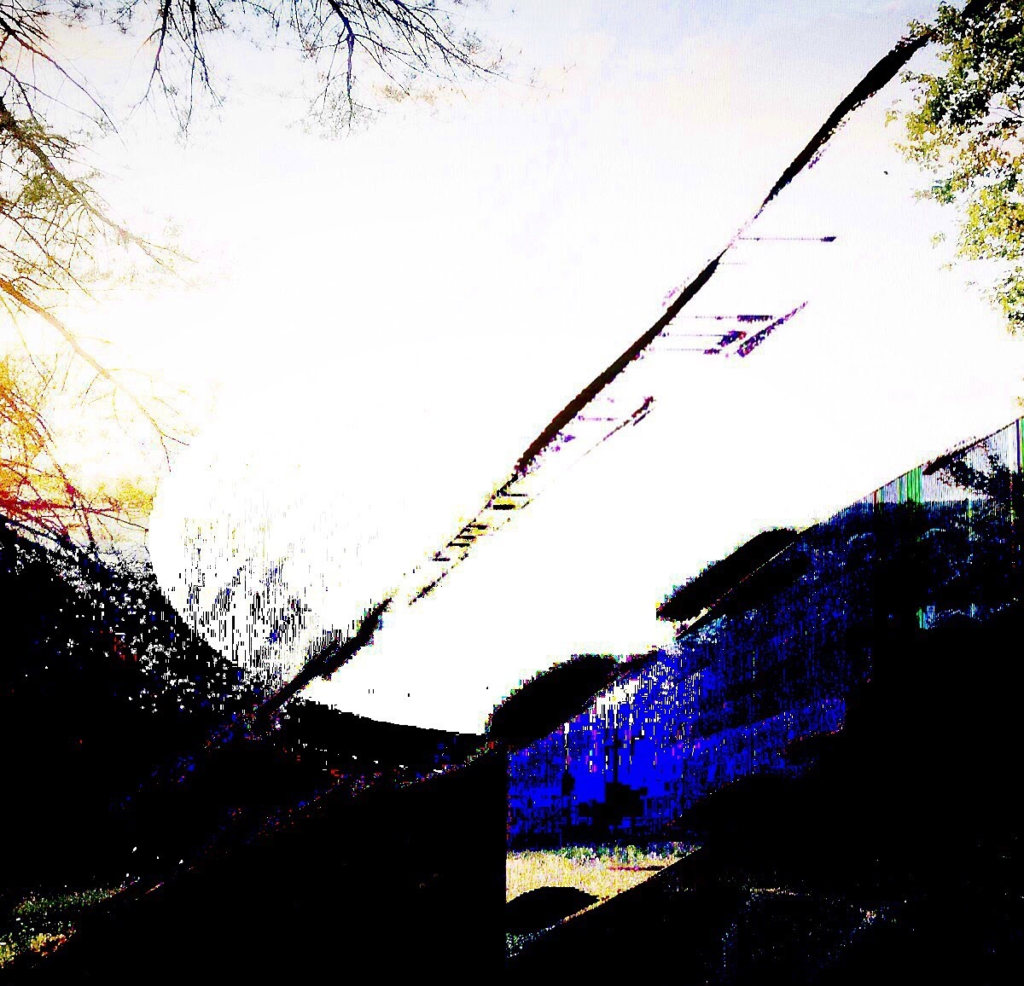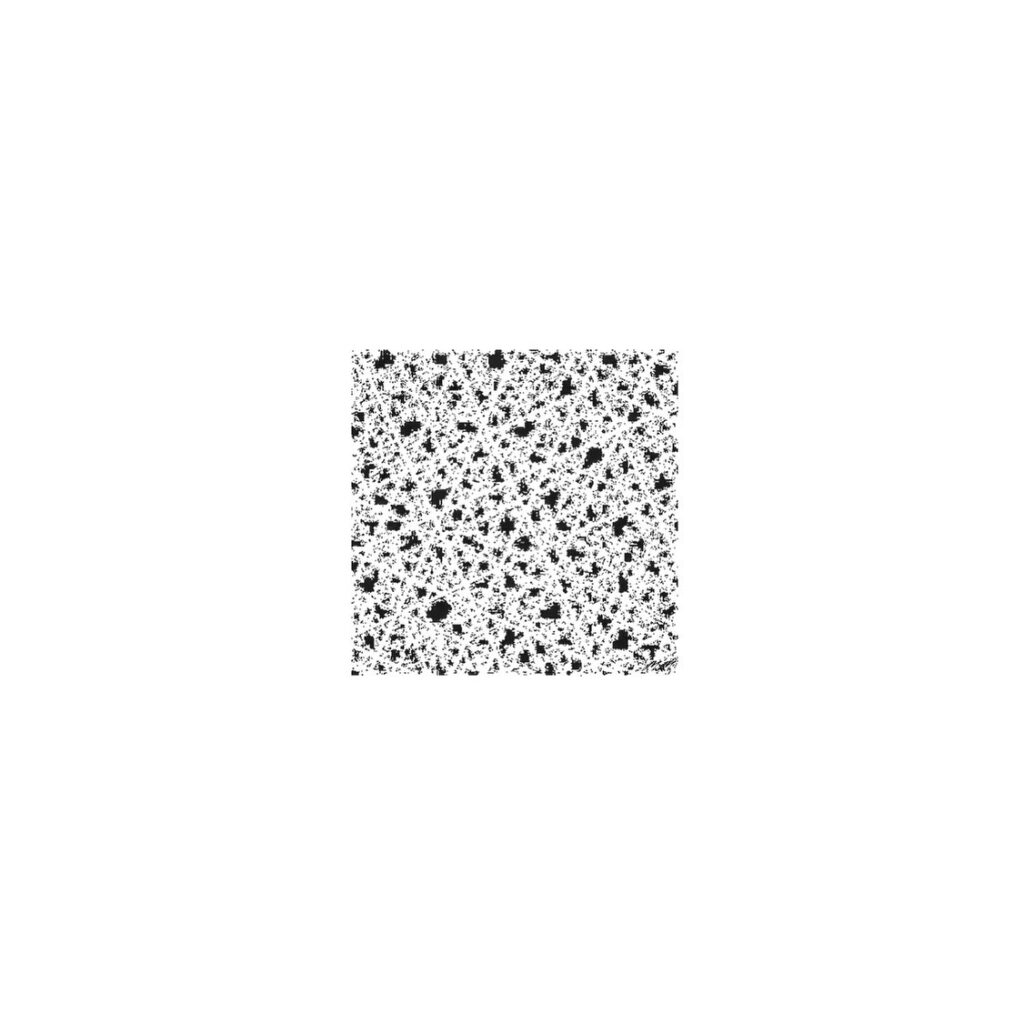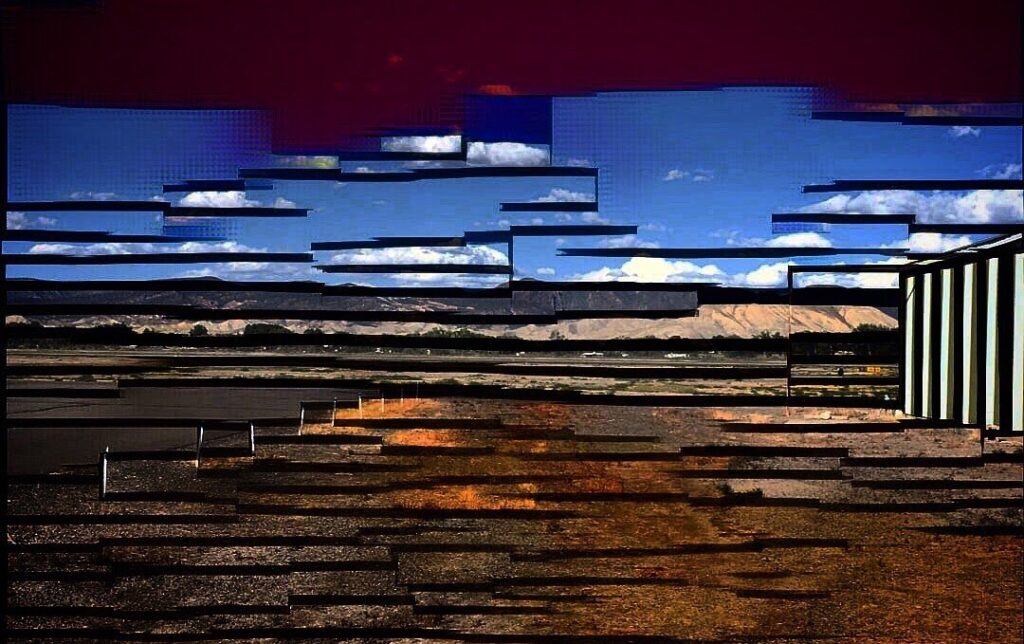



In attempting to post a creative segment for my “blog post” this week, I was reminded of the cost of giving into the charms of contemporary technology, specifically the ways in which artists, especially those working with more technologically advanced mediums (such as film or photography) can lose sight of the overall damage left behind by the remnants of such a technology. In chapter four of T.J. Demos’ book, Against the Anthropocene, Edward Burtynsky’s Oil Fields #27, Bakersfield, California, USA is described as a photograph wherein “technology merges with nature, unified aesthetically, composing a picture that is, monstrously, not only visually pleasurable…” (65).
Though Burtynsky acknowledges the dangers of Climate Change, he does not see the full repercussions of the moment. Despite this, Burtynsky’s art is beautiful and tends to evoke strong feelings from the viewer. However, Burtynsky’s photographs “naturalize petro capitalism” with their framing choices and editing.
Therefore, I found it liberating to work on my art pieces with the desire to perhaps open the door to more pressing discussions and questions about Modern Art and Climate Change. In these works, I use super imposition along with other photo editing techniques to try and make sense of the paradox of working with advanced technology, of having to give in to different media platforms upon which capitalism has made its mark, to ultimately critique the system by showing the ways in which it fractures the world. In this series of photographs, I seek to find a balance between our world and the one outside of us, hoping the worlds can be reconciled through the “putting together” of disparate parts (in this sense, Art is contrary to Capitalism which, despite appearing to also “put together” the world’s disparate parts through the global supply chain, only further fractures and divides the world through growing inequality and growth models which exploit the environment).
Influenced by “Kintsugi,” the Japanese art of repairing broken pottery by mending broken areas with various materials (lacquer, gold, silver, platinum), this artwork is aesthetically fractured, but whole, desiring to repair our world through the stitching of its various broken and damaged parts. In this sense, photographic superimposition is a symbolic reification of a harmonious repair of what is left and what is damaged.
I hope everyone enjoys this “Climate Change/Art” post and ponders interesting questions and thoughts on the project.


